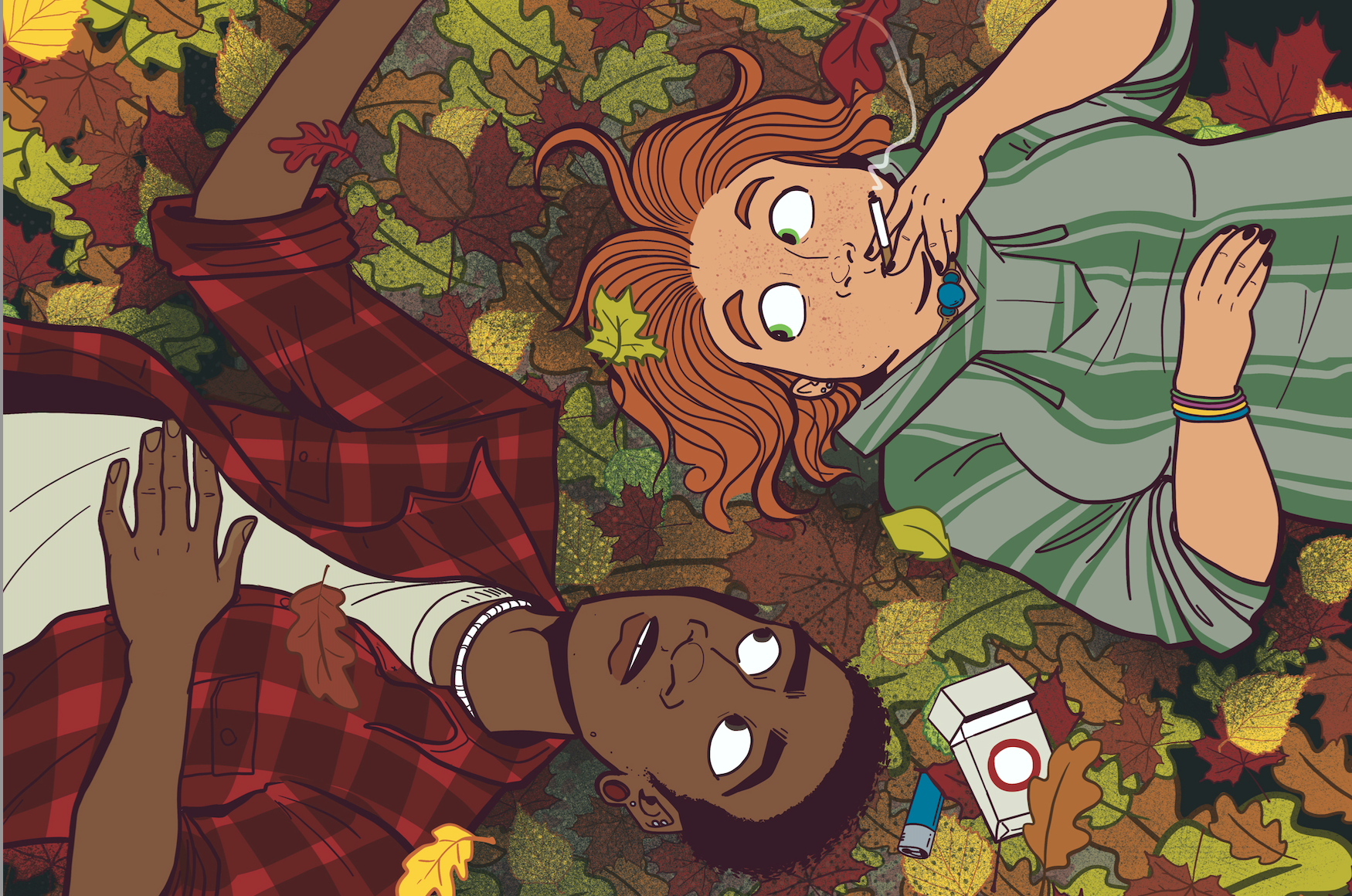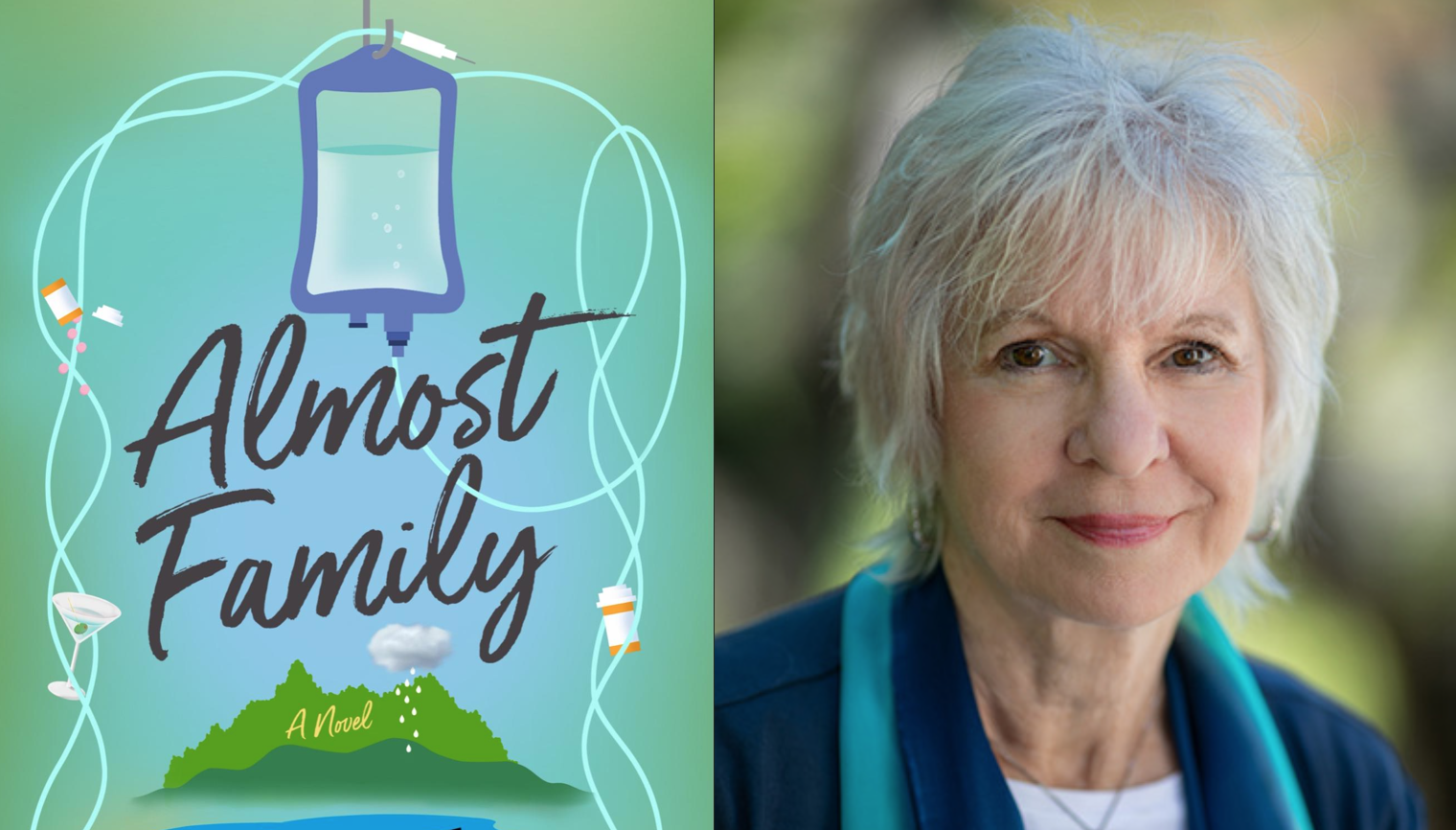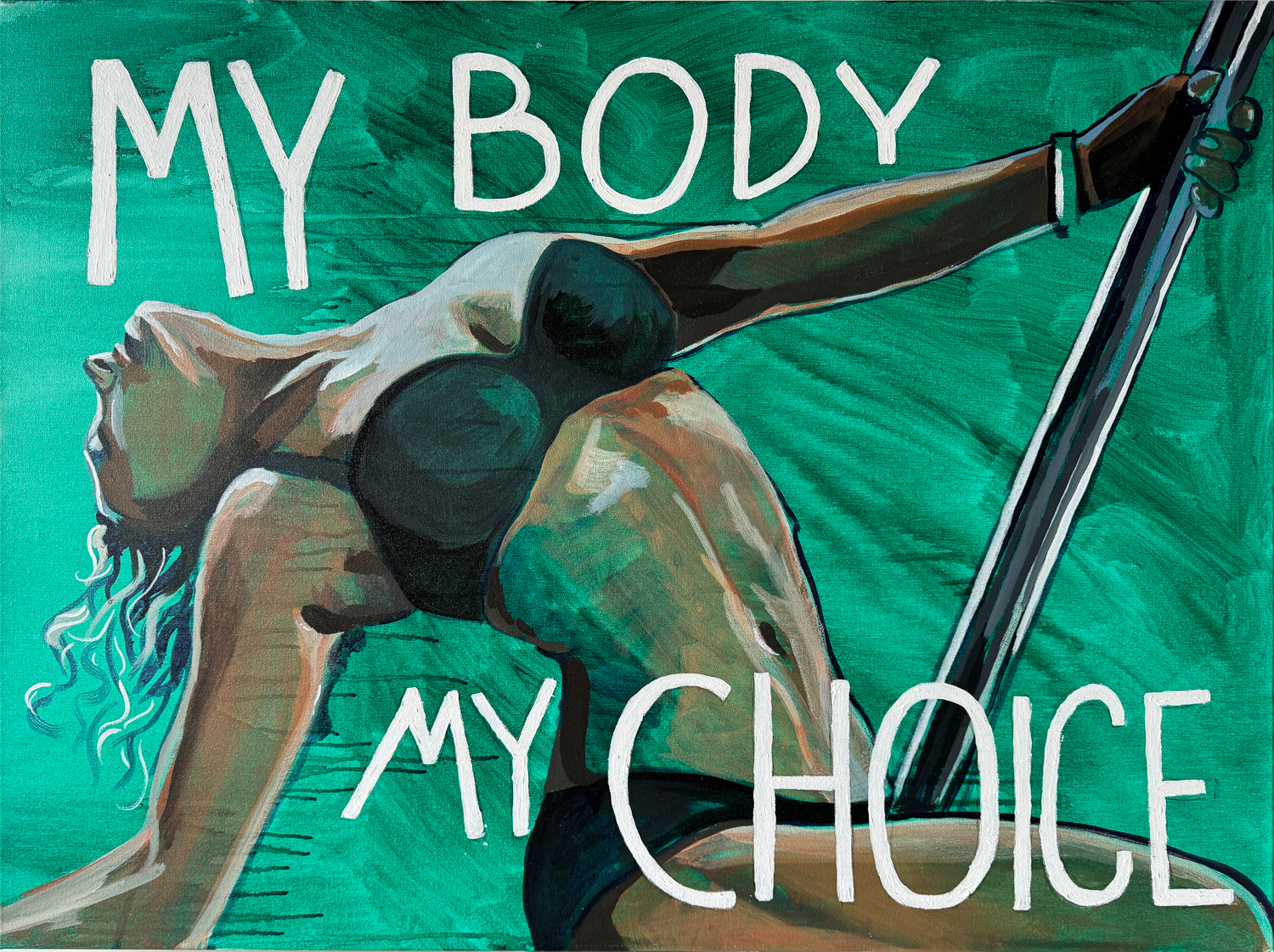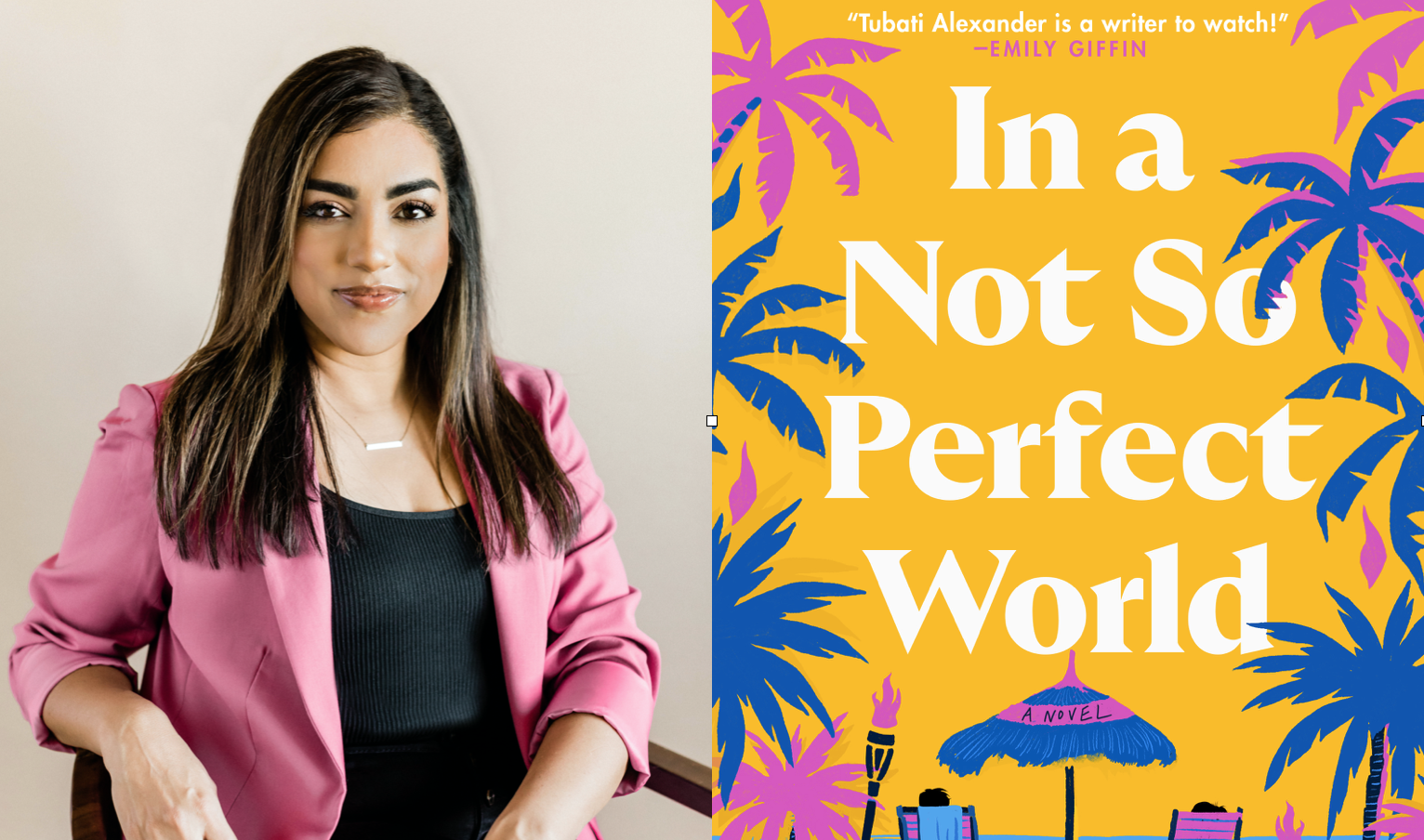
By Patricia Crisafulli
After learning and polishing my craft, including getting a Master of Fine Arts degree in creative writing, I was finally ready to shop my novel. It was several years ago, and I attended a writer’s conference where I pitched it to a panel of editors and writers, receiving a positive reaction. In fact, one of the agents called me aside with an offer to represent me.
Elated, I left that conference knowing that my dream had finally become reality. All I needed to do was send a revised manuscript to the agent.
In retrospect, I see I may have hurried that revision. But I had assured myself that I didn’t have to get it 100 percent perfect—because now I had someone to guide me. Off went the manuscript and, in a week or so, the agent responded with a request for a meeting by phone. “Great!” I replied immediately and offered several days and times that worked with my schedule.
Then … nothing. I followed up again and again (and probably two more times after that).
Ghosted—the worst kind of rejection.
My immediate response? “I’m too old for this sh**!”
I’d been a writer all my adult life with several nonfiction books in print, including a New York Times bestseller. But in that moment of tacit rejection, my dream of writing fiction slipped further away from me, and I didn’t know what I could do about it.
Oh, the creative path! Pitted with stumbling blocks and potholes, it occasionally yields the panoramic view of possibilities, but usually after a long and arduous climb. We try, we fail—we put ourselves out there, we get rejected.
Whenever our misery needs company, a Google search for “artists who faced rejection” reveals a pantheon of masters, from Claude Monet, whose Impressionist style rankled the traditionalists, to J.K. Rowling, who was turned down by numerous publishers who couldn’t see the appeal of a story about a boy wizard named Harry Potter.
The moral to those stories, of course, is what happened in the moments after each rejection—namely, the decision to keep going. As Anne Lamont writes in Bird by Bird: Some Instructions on Writing and Life: “Hope begins in the dark, the stubborn hope that if you just show up and try to do the right thing, the dawn will come. You wait and watch and work: you don’t give up.”
In my creative life, and now with not one but two published novels, I have discovered a path from rejection to reignition. Whether you’re toiling at a canvas or a keyboard or with any number of tools of creative expression, these are the five steps that can put you back on track after a setback.
- Own the rage. Let’s face it—rejection pisses us off! Yes, feedback is a gift (especially what we don’t want to hear), and what doesn’t kill us makes us stronger. But before we can get to that higher plane of acceptance, we need a moment in the mud. Not to wallow but to validate our emotions. I had to learn this step the hard way, because my nature is to jump into doing something—anything—to avoid the initial pain and the fear that I won’t ever succeed. But only by processing my most uncomfortable emotions can I get beyond them, and channel that charge into productive energy.
- Discern truth from the ashes. “It would be really helpful if someone famous—someone like Oprah—had written this book.” This rejection came from a top publisher on my very first nonfiction book, which was published nearly 25 years ago and remained in print for more than 20 years. The feedback from the editor that I needed to be famous was decidedly not helpful because no amount of rewriting was going to make me into Oprah. It’s a reminder that not all feedback is accurate. In fact, it’s highly subjective.
That’s why we need to sift through the cold ashes (not the hot embers) of what agents, editors, and others tell us so we can discern what resonates as useful information. The best feedback I’ve ever received was a suggestion that I move away from literary fiction and pursue the mystery genre that plays to my strengths of developing small-town settings and quirky characters, while infusing the ordinary with the extraordinary. Embracing that guidance helped me envision and eventually launch my Ohnita Harbor Mystery series with confidence in my voice and storytelling ability. - Listen to the inner critic—sometimes. Inside my head is a gravelly voiced bully that churns my thoughts with self-doubts about my talent and my worthiness. But occasionally, my inner critic articulates nagging questions—the ones that have been needling my brain, but which I haven’t fully acknowledged. I remember waking up around two-thirty in the morning to a snarky train of thought not worth repeating word-for-word here. Suffice it to say the message was I needed to do more to market my new novel. Yes, I admitted, there was truth in this criticism, and within hours of getting out of bed I had a plan in motion. Most of the time my inner critic is neither prophetic nor productive. But when it voices the doubts that have been weighing on me, I owe it to myself to pay attention.
- Reignition. “There’s a discipline for passion, it’s not about how many times you are rejected, or you fall down or you’re beaten up, it’s about how many times you stand up and are brave and you keep going.” With those words, Lady Gaga accepted her Oscar for Best Original Song for “Shallow” in 2019. Whether we hear such encouragement from a superstar performer or a supportive mentor, the advice to “keep going” is exactly what we need to reignite the creative spark and get our dreams back on track. Yes, of course, it’s tiring—exhausting even—making us feel “too old” for the cycle of try-fail-try again. But overnight success is a myth. We need to reignite our passions so we can recommit to the process and to ourselves.
- Relaunch. We start again, but not from the proverbial square one. We have experience in where we succeeded and how we failed. Plus, we’ve developed both muscles and calluses for strength and protection. We know what to do or, at least, we have more input and discernment as we re-engage, reimagine, rework, revise, and rewrite. And that brings me back to the ghosting incident and the invaluable lesson it taught me.
- It wasn’t about waiting and hoping for someone to show up and carry me across some imagined finish line—I needed to go the distance myself. And that discipline paid off. My reimagined and greatly improved novel was published a year ago, launching my Ohnita Harbor Mysteries, with the second in that series released just a few weeks ago.
Rejection hurts, and even a double dose of resilience won’t take the edge off completely. But that sharp edge of truth and hard-as-flint feedback may be just what we need to spark the reignition so our flame can burn all the more brightly.

Patricia Crisafulli is an award-winning writer and a New York Times bestselling author. Her first novel, The Secrets of Ohnita Harbor, was published by Woodhall Press in 2022, and her second, The Secrets of Still Waters Chasm, was published in September 2023.
















